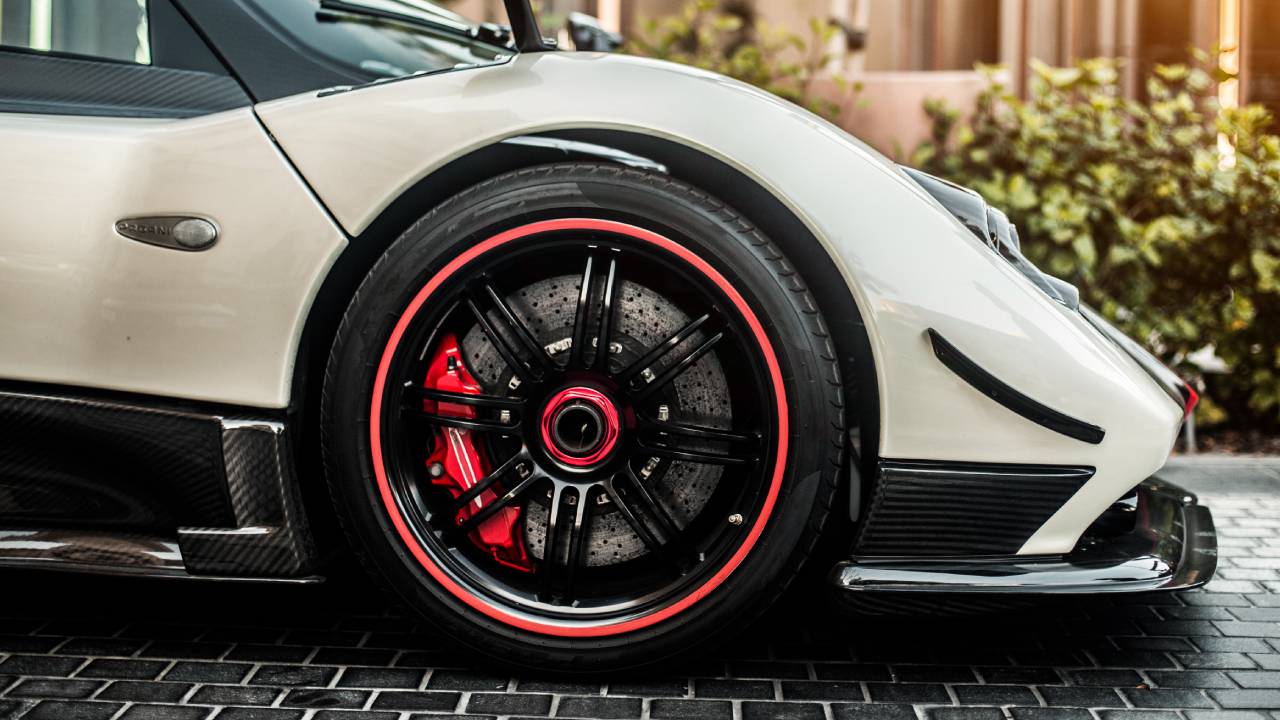For automotive enthusiasts and adrenaline seekers alike, there’s an undeniable thrill in watching a professional race car zip around a track at breakneck speeds. But have you ever wondered what makes these high-performance machines different from the sports cars parked in your neighbor’s driveway? While both are built for speed, professional race cars represent a level of engineering and technology that goes far beyond what meets the eye.
This blog dives into the world of professional race cars, exploring how they differ from everyday sports cars, the cutting-edge technologies powering their performance, and what the future holds for racing innovation.
The Anatomy of Professional Race Cars
From their striking designs to the roaring engines, professional race cars are purpose-built machines honed for a single goal—winning. Their anatomy reveals a relentless pursuit of performance, efficiency, and durability.
Aerodynamics
Aerodynamics plays a pivotal role in race car design. Every curve, vent, and spoiler is specifically engineered to reduce air resistance and maximize downforce. Downforce pushes the car down onto the track, improving tire grip and cornering ability.
Formula 1 cars, for example, are designed with complex front and rear wings that generate tremendous downforce while maintaining streamlined airflow. These intricate designs ensure that maximum traction is achieved without sacrificing speed.
Lightweight Construction
Weight is the enemy of speed. Professional race cars are constructed from advanced lightweight materials like carbon fiber and titanium. These materials provide exceptional strength while keeping the overall weight to a minimum, allowing the car to achieve incredible acceleration and cornering precision.
Performance-Tuned Engines
Race cars are equipped with engines that balance raw power and reliability. For instance, a Le Mans prototype car features hybrid systems that combine internal combustion engines with advanced electric motors for maximum performance. These engines endure extreme conditions—something even the best sports cars aren’t designed for.
Safety-Driven Design
Safety measures in race cars are unrivaled. Roll cages, fire-resistant fuel tanks, and crash-resistant cockpits built from material like Kevlar are just a few of the essential components that help protect drivers.
The Engineering Marvels: Key Differences
The gap between professional race cars and regular sports cars isn’t just measured in horsepower—it’s the result of advanced engineering. Here’s how they differ:
- Purpose: A professional race car is tailored for competitive racing, with every detail painstakingly optimized for high-stress scenarios. Regular sports cars, while undoubtedly fast, are designed for comfort, luxury, and road use alongside performance.
- Suspension and Tires: Race cars use highly adjustable suspension systems engineered to suit specific track conditions. Conversely, sports cars have less customizable setups to accommodate varying road conditions.
- Transmission: While some modern sports cars feature automatic or semi-automatic transmissions, most race cars utilize highly sophisticated sequential gearboxes, allowing for faster shifting.
The Role of Technology
Cutting-edge technology is the heartbeat of professional race cars. Teams adopt state-of-the-art innovations to push the boundaries of speed, safety, and efficiency.
Telemetry Systems
Telemetry sensors embedded in race cars monitor every aspect of the vehicle’s performance in real-time, from tire temperatures to engine health. Engineers track this data on race day to make instant adjustments, ensuring optimal performance under varying conditions.
Hybrid Power
Hybrid technology is increasingly shaping professional racing. The Toyota TS050 LMP1, for instance, uses a hybrid powertrain with regenerative braking systems that harness energy from deceleration to power electric motors, offering both speed and fuel efficiency.
Advanced Braking Systems
Braking is as critical as acceleration in racing. Carbon-ceramic brakes used in race cars can withstand extreme heat, providing unparalleled stopping power. These systems are so specialized they’re practically overkill for the casual weekend driver.
The Human Element: Professional Drivers and Teams
While technology and engineering are crucial, professional racing also relies on the human element. Professional drivers are highly skilled athletes trained in precision and endurance. Beyond raw driving ability, their communication skills are vital for relaying feedback to engineers during and after races.
Behind every successful driver is a team of mechanics, engineers, and strategists who ensure the car is operating at peak performance. Pit crews, for instance, are timed to execute tire changes, refueling, and adjustments in seconds—a delay of even one second can make or break a race.
The Evolution of Racing Technology
Racing demands innovation, and what begins on the track often finds its way to consumer vehicles. A notable example? Anti-lock braking systems (ABS), originally developed for race cars, are now standard in most modern vehicles. Similarly, advancements in aerodynamics, hybrid systems, and lightweight materials pioneered within racing have influenced how sports cars are designed.
Even electric vehicle (EV) technologies, popularized through series like Formula E, are fueled by the lessons learned in motorsports.
The Future of Racing Technology
What’s next for professional racing? Here are a few speculations:
Fully Autonomous Racing
Series like Roborace are already exploring autonomous racing, where AI-powered vehicles compete without human drivers. This could open up new avenues for technology development and redefine motorsport entirely.
Sustainability
Racing will continue its pivot toward sustainability. Expect to see further development of electric racing and innovations like biofuels and hydrogen-powered cars, ensuring motorsports remain relevant in an eco-conscious world.
Augmented Reality Integration
Virtual and augmented reality might soon help professional drivers simulate conditions before races, while fans could experience on-track action like never before through immersive technologies.
Racing Innovation Drives Us All Forward
Professional race cars are marvels of engineering, precision, and ingenuity, representing innovation at its finest. From the track to our everyday vehicles, their influence is undeniable, shaping how we drive and experience cars today.
Whether you’re a lifelong racing fan or someone fascinated by technology, one thing’s for sure—the world of professional race cars offers endless opportunities for learning and inspiration.
Want to discuss these innovations further? Drop your insights in the comments or share this post with fellow automotive enthusiasts. After all, the love for speed and engineering is best shared!

